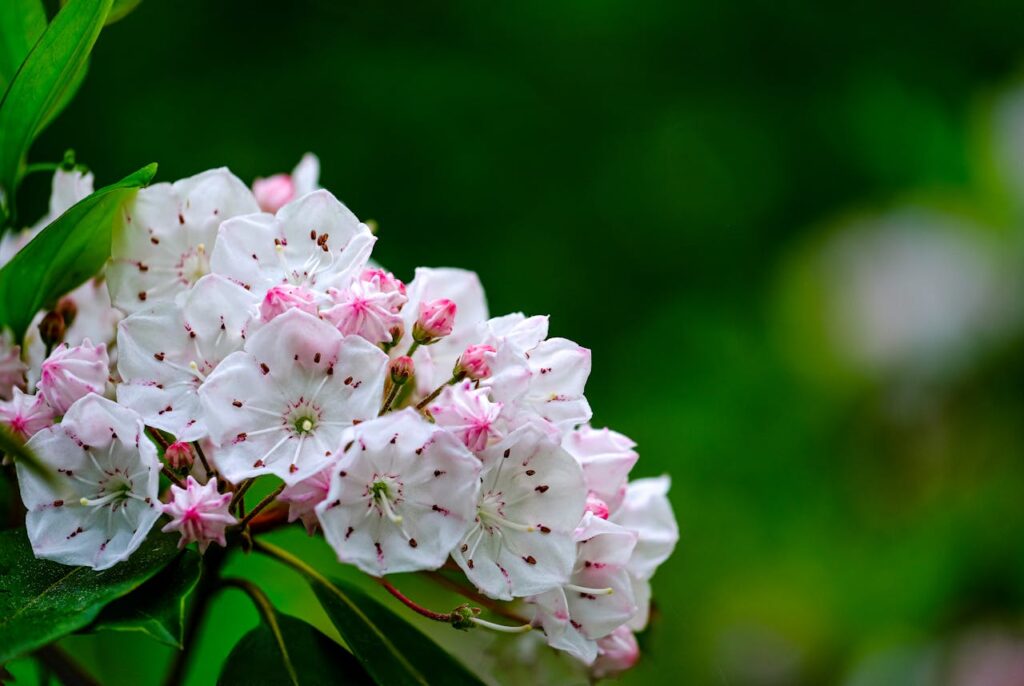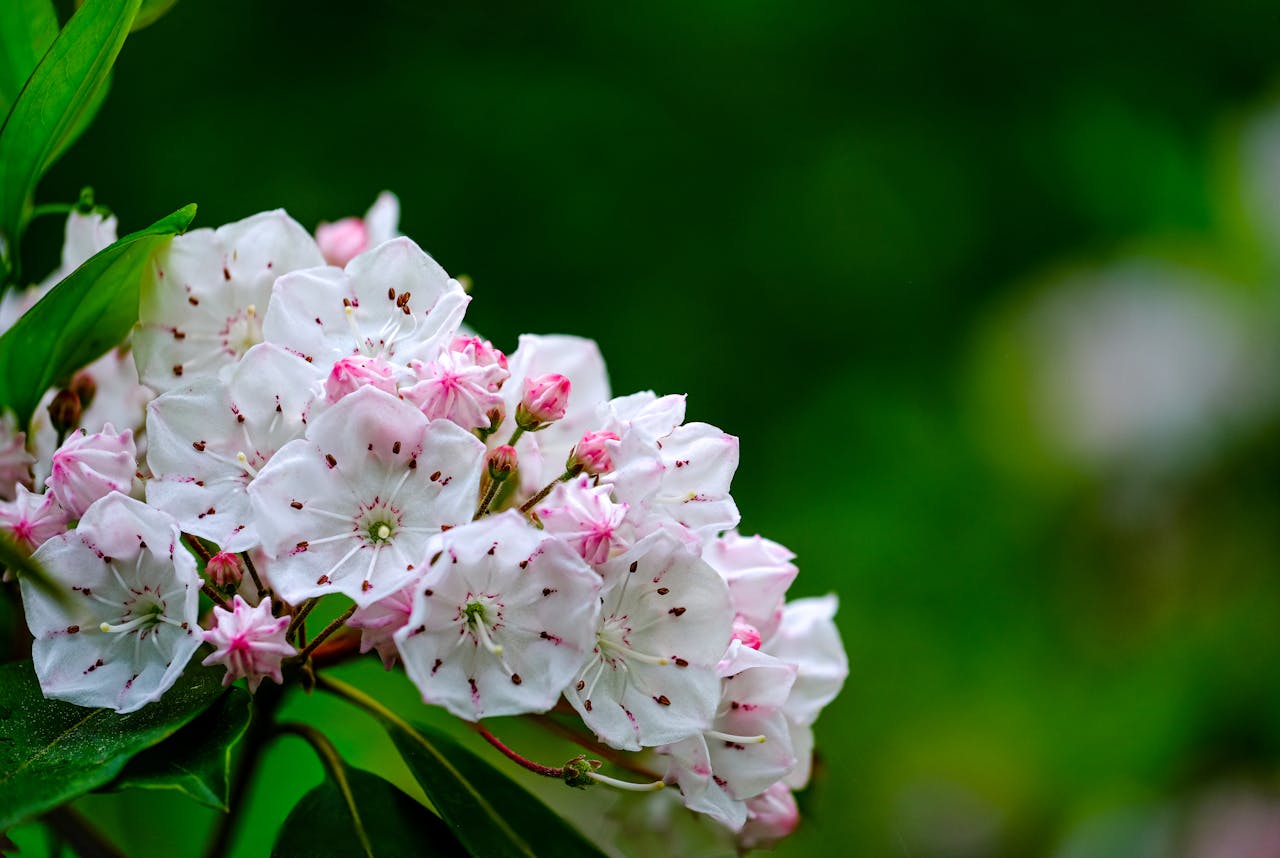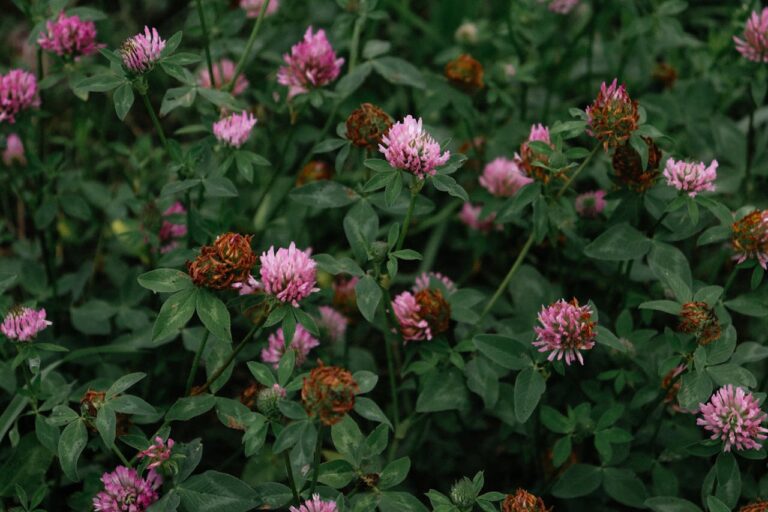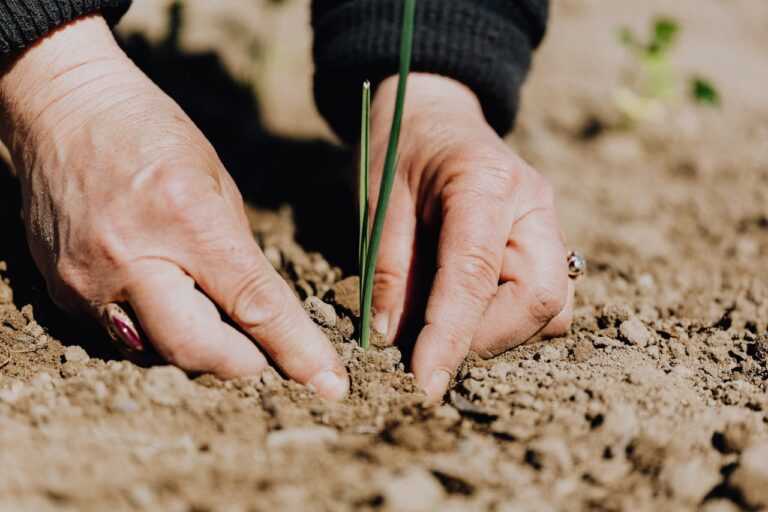How Plants Shape and Support Ecosystems
Plants lie at the very heart of every ecosystem. They capture sunlight through photosynthesis, transforming it into the energy that fuels countless forms of life. Without plants, food chains would collapse, as herbivores rely on them directly and carnivores rely on those herbivores in turn. By providing this essential energy base, plants serve as the foundation for entire ecological systems, ensuring that life can thrive in balance.
Creating Habitats and Shelter

Beyond being a food source, plants create homes for a wide variety of species. Forests offer nesting sites for birds, while dense grasslands shelter small mammals and insects. Even fallen leaves and rotting logs become miniature worlds for fungi, worms, and microbes. From towering trees to moss clinging to stones, every plant form plays a role in shaping the spaces where animals live, breed, and survive. This intricate web of shelter supports biodiversity and strengthens ecosystems.
Regulating Climate and Atmosphere
Plants are vital players in controlling climate and maintaining air quality. Through photosynthesis, they release oxygen, making Earth’s atmosphere breathable for animals and humans alike. They also act as natural carbon sinks, absorbing carbon dioxide and helping regulate global temperatures. Vast forests, wetlands, and grasslands influence rainfall patterns and prevent extreme weather conditions by stabilizing the environment. In this way, plants act as Earth’s silent guardians, constantly working to keep ecosystems and climate in balance.
Supporting Soil and Water Systems
The relationship between plants, soil, and water is one of deep interdependence. Roots anchor soil in place, reducing erosion and keeping landscapes stable. Fallen plant material decomposes into organic matter, enriching the soil and allowing it to retain nutrients and water. Plants also filter and purify water as it passes through wetlands and forest floors, ensuring cleaner rivers and streams. These systems highlight how plants not only shape the land but also maintain its health for future generations.
The Interconnected Web of Life
Ecosystems flourish when plants play their part in connecting species. Pollinators like bees, butterflies, and birds rely on flowering plants, while plants themselves depend on these creatures for reproduction. Fruit-bearing trees feed countless animals, who in turn spread seeds and allow new growth to flourish. Every interaction, from the smallest wildflower to the mightiest oak, strengthens the web of life. Plants are not passive backdrops but active architects of thriving ecosystems, weaving together life’s many threads into a resilient whole.



